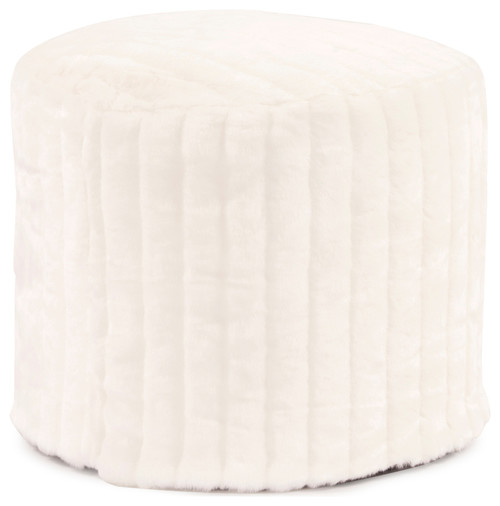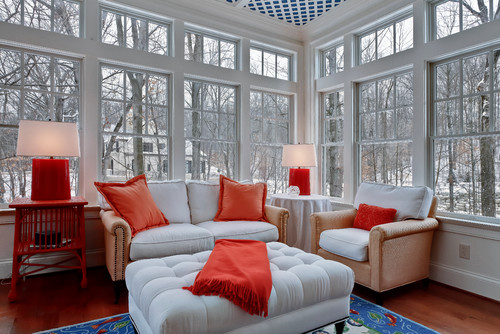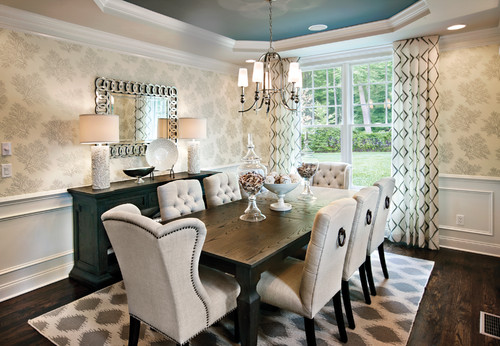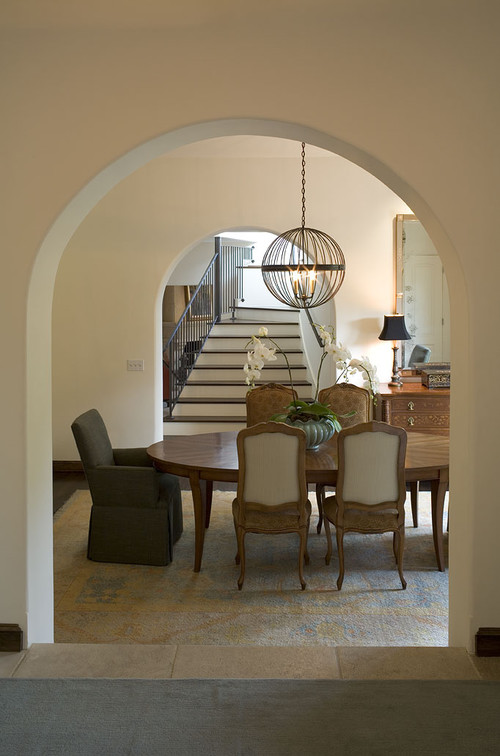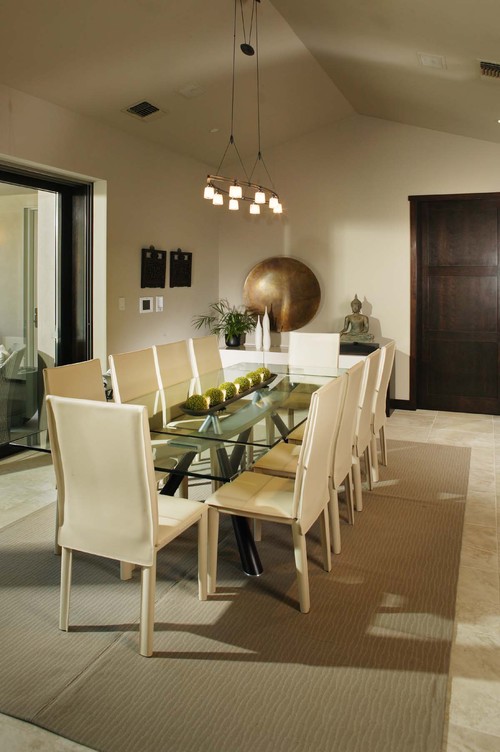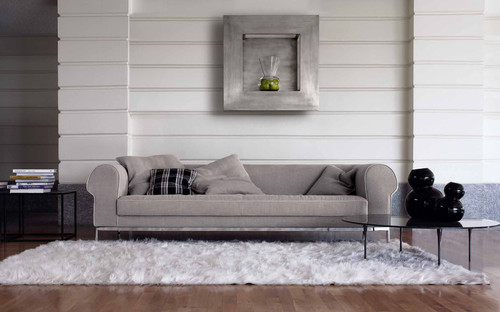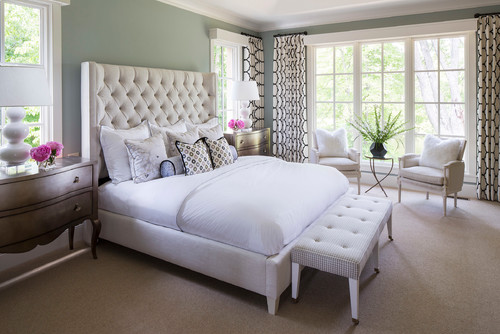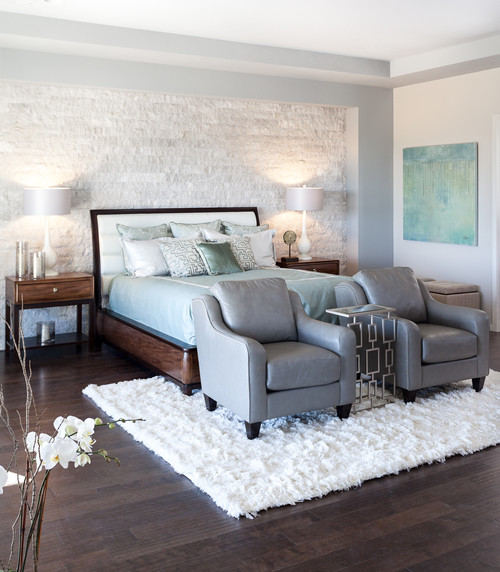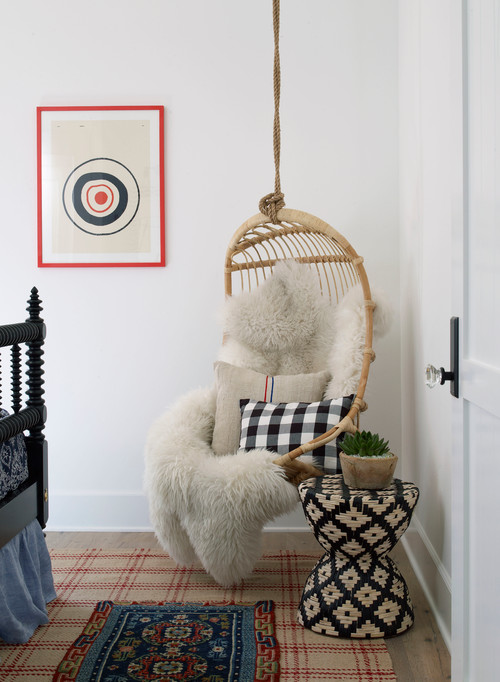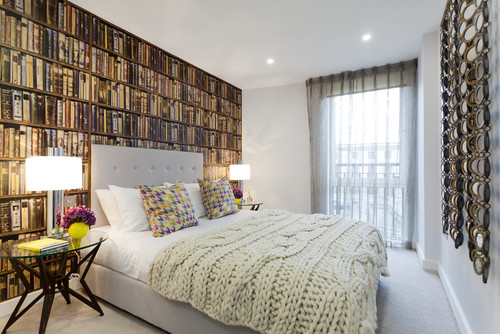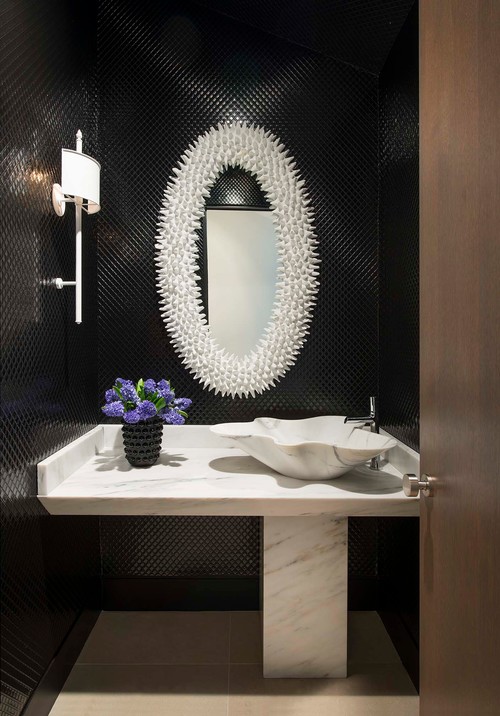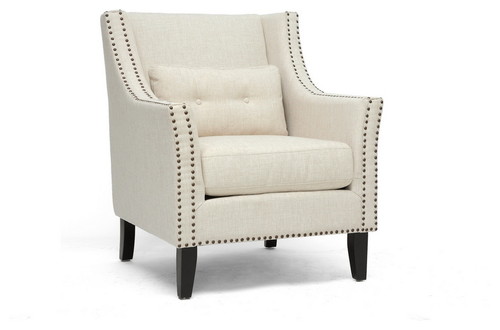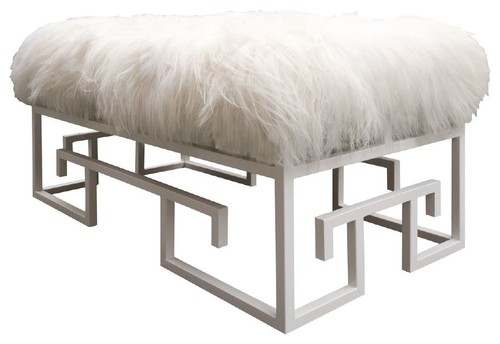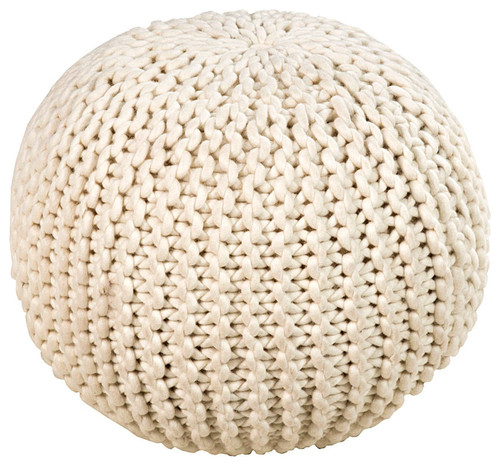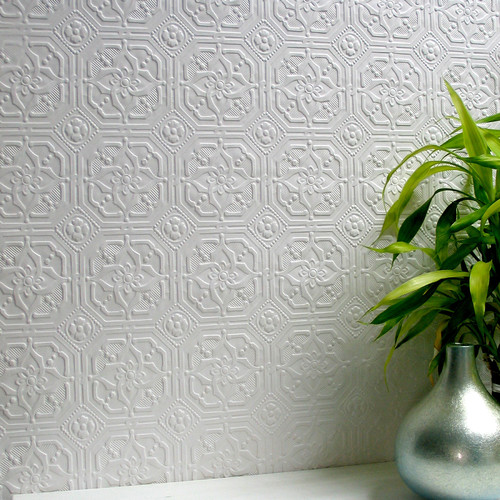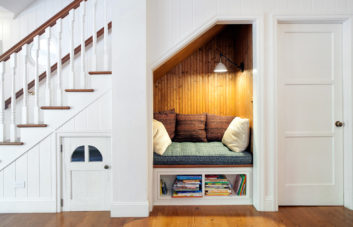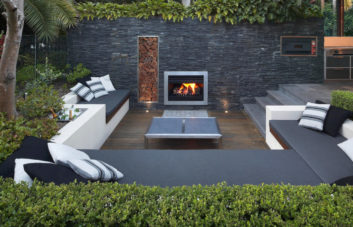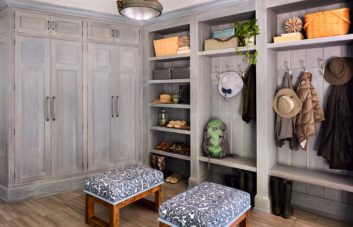What exactly is winter white? That’s the $64,000 question, and the answers are hotly (excuse the pun) debated. Some say that winter white is a warmer, softer shade of white, with brown, yellow, or gold undertones rather than bluish ones, also known as off-white or cream; others assert that winter white is simply white of any shade in more wintry forms, cozy fabrics like sheepskin and chunky knits.
We say both camps have a point! Incorporating winter white in the home is much like incorporating it into your wardrobe – more subdued shades rather than bright white, textiles like corduroy, wool, and leather, and touchable surfaces such as tufted upholstery and intricate wallpaper.
Because winter white (as a shade) is not as vivid as pure, optic white, there’s a reduced risk of the antiseptic, sterile vibe that often comes with an overload of white. As a result, winter white is often a great alternative to white. A warmer, creamier white can be more visually interesting and easier on the eye, while still maintaining the neutral qualities of white – it serves as the perfect main color or accent color to virtually every shade (including all wood tones and metallics for further warmth) and in any dose.
These gorgeous homes and pieces feature warmer and/or textured whites to show you how to wear white all year round – yes, even after Labor Day!
In the kitchen and dining areas, think cream or antique white cabinets or walls and add texture to seating:
